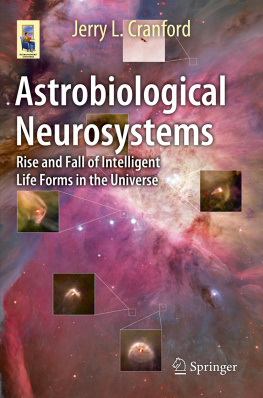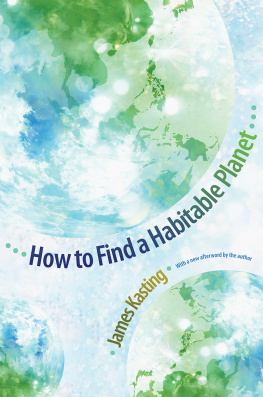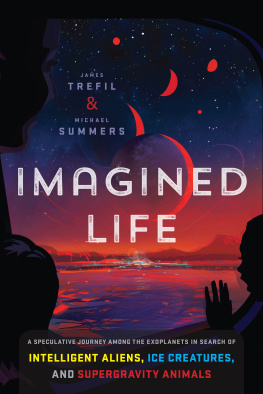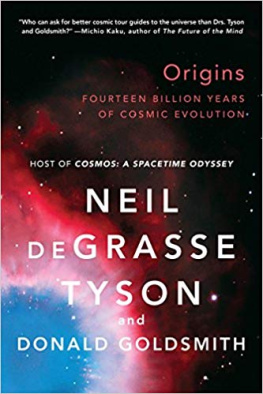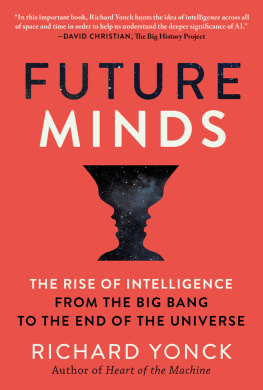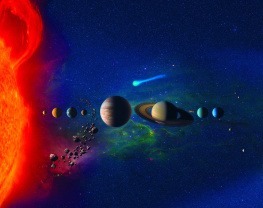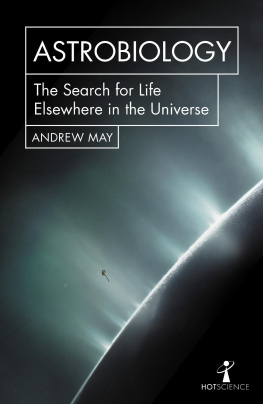1. Scientists Believe Intelligent Life May Be More Common in the Universe than Previously Considered Possible
The construction of giant telescopes at the beginning of the twentieth century combined with the advent of digital computers and rocket science in the last part of the twentieth century totally changed mankinds thoughts about how common life, and especially intelligent life, may be in the universe. Our knowledge of the physical size of our universe suddenly exploded in 1925 when the astronomer Edwin Hubble looked through what was then the largest and most powerful telescope (Mt. Wilson Observatory in California) in the world and discovered the existence of galaxies located outside our own Milky Way galaxy (Fig. ). Up to that point in time, most astronomers believed our Milky Way galaxy was itself the whole universe, with nothing existing beyond the most distant stars we could see with our best telescopes.
Fig. 1.1
( a ) In the early 1920s, the astronomer Edwin Hubble used the worlds largest telescope located at ( b ) the California Institute of Technologys Mount Wilson Observatory to discover that the universe consists of large numbers of more distant galaxies other than our Milky Way galaxy. Edwin Hubble (18891953) and Hooker Telescope (2.5 m), Mt. Wilson Observatory. Sources: Wikipedia, http://www.astro.caltech.edu/ (image credits: Wikipedia Commons/Caltech/Huntington Library)
Astronomers today believe that our Milky Way galaxy is but one of a huge number of other galaxies that fill a universe that is incredibly large. While few scientists have been so bold as to suggest that the universe may be infinite, a few have actually posed the idea that other independent universes may exist (Kaku If they do exist, it may require many trillions of years before the light from these more distant objects would have time to reach our telescopes. And, since our sun, as part of its normal evolution, is continuing to get hotter and hotter with time, we only have about another billion years left before it begins to slowly become too hot to sustain life. If mankind wants to survive long enough to be able to see these more distant parts of our vast universe, we will need to relocate our species (migrate) to cooler locations elsewhere in our universe in a few billion years and patiently wait for the light from these objects to get to us.
If the universe is so unbelievably large, how can astronomers possibly measure distances from one point in space to another? Because our universe is so huge, astronomers cannot easily measure distance in kilometers or miles. Although our closest neighbor in space, our own moon , is only 238,900 miles away, the distances to the next closest objects (planets) in our own solar system requires us to talk in terms of millions or even billions of miles. And, shortly after 1900, it got totally insane when we started measuring distances to other stars in our own Milky Way galaxy . The closest star to us, other than our sun, is Proximi Centauri , which is only 25,689,592,881,951 miles away (i.e ., 25.7 trillion miles).
Now that the reader has some idea of how large our universe may be, it is time to try to explain how old our universe may be and how it got here! This is the topic area in our science of astronomy that even our best scientists admit they know the least about and is the most puzzling. Many astronomers currently believe that the whole universe that we can see today with our best telescopes was created about 13.7 billion years ago in what scientists call a Big Bang event (Delsemme The universe is continuing to expand in size even today with the more distant galaxies still racing away from us. While the idea that our known universe was created about 13.7 billion years ago in a gigantic expansion (but definitely not an explosion) or what some scientists call an inflation from an unbelievably small piece of nothing but pure energy seems almost too bizarre for the author and many other scientists to believe, all of our best scientific tools have been repeatedly and persistently telling us for the past 60+ years that it really did happen! Reality is indeed sometimes stranger than fiction.
Thus, the growth of mankinds knowledge of astronomy and the universe we live in between the early years of the twentieth century and the beginning of the new twenty-first century has been truly astronomical in every sense of the word (Bennett et al. ). In this chapter I will describe these exciting new discoveries of our life and space scientists that have so drastically changed mans beliefs about life in our universe?
Stars and Planets Are Born Together in Collapse of Large Interstellar Gas and Dust Clouds
For thousands of years, mankind believed the Earth was the center of the universe, and all the objects (sun, moon, stars) we could see in the sky revolved around us. While a Polish astronomer named Nicholas Copernicus managed over 500 years ago to demote the Earth as being the center of the universe, much of the worlds population continued to believe Earth might still be totally unique in being the only place life could exist. In 1916, an astronomer named James Jean proposed a theory of solar system formation (known as the Tidal Theory) that endorsed the idea that our solar system was the result of an extremely close encounter between our sun and another star that happened to wander into our neighborhood. While the other star did not collide head on with our sun it came close enough that the two stars glanced off (grazed) each other which resulted in some of the material from our sun being torn away to form a cloud of debris that began to orbit around (i.e., circle) the sun and eventually condense into a family of planets. Since the average distance between any two stars in our region of the Milky Way galaxy is extremely large, the probability of any two stars colliding is virtually zero. Therefore, if this earlier theory of solar system formation had turned out to be accurate, the possibility of other Earth-like planets that might allow life would be very improbable. However, by 1940 this close encounter theory of planetary formation was finally relegated to historys outbox (recycle bin). Most astronomers now believe that stars and planetary systems are formed together when a supernova explosion (or other kinds of interstellar disturbance) produces a shock wave that causes any nearby interstellar gas and dust clouds to collapse and form much smaller spinning protoplanetary disks that eventually condense into new stars and planetary systems.(Cranford ).
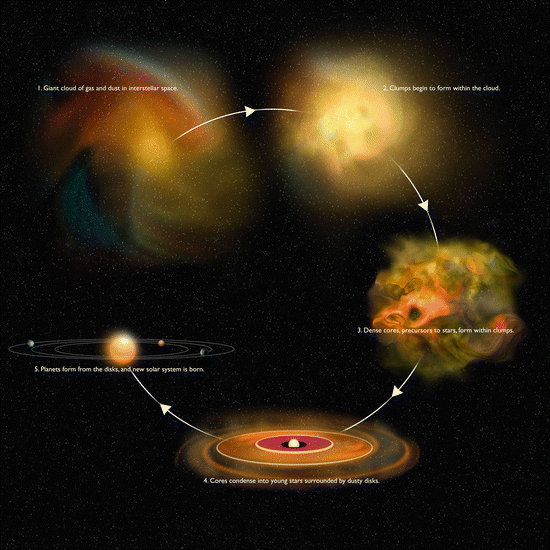
Fig. 1.2
Shows an artists drawing of how astronomers believe stellar systems (stars and orbiting exoplanets) develop from giant interstellar gas and dust clouds. Following a nearby supernova event, the giant gas/dust cloud breaks up into smaller individual clouds which then begin to gravitationally collapse in on themselves and, at the same time, begin to spin. As the smaller cloud contracts, it starts spinning faster and begins to take on the form or shape of a flat pancake with a bulge in the center (the location of the new proto-star). As the accretion disc spins even faster, a series of concentric rings of dusk clouds begin to form. These rings will eventually become new planets. The dust in the spinning rings begin to collide and stick together and grow into increasingly larger particles, then planetesimals (miniature planets), and finally full-sized planets. After the planets are formed, most of the leftover gas, dust, and debris are removed from the new planetary system (image credit: Bill Saxton, artist, National Radio Astronomy Observatory)

